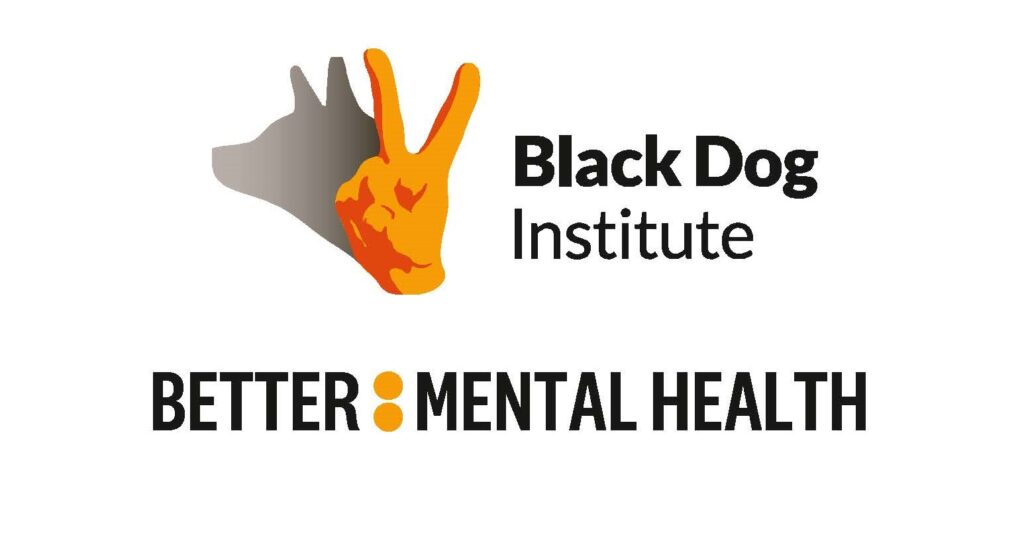
On the 21st March 2024, world-leading researchers from the Black Dog Institute and UNSW Sydney launched new guidelines for the management of PTSD among emergency service workers in the NSW Parliament with Emergency Management Minister Jihad Dib and Mental Health Minister Rose Jackson.
Th new guidelines can be viewed via this link – 2024 _ PTSD Guidelines for Emergency Services 2024 _ Black Dog publication.
Based on real-world evidence, these are the first and only PTSD guidelines in the world developed with a specific focus on the emergency services community.
Emergency service workers are twice as likely to experience mental health problems than the general population, in large part due to the high risk of trauma exposure at work. An estimated 1 in 10 of Australia’s 370,000+ emergency workers and volunteers will develop PTSD related to critical incidents.
“Emergency service workers encounter a range of traumatic events, from vehicle accidents to medical emergencies, exposure to violence and the increasing impact and severity of natural disasters,” says lead co-author Professor Sam Harvey, Executive Director and Chief Scientist of Black Dog Institute.
“Individual and cumulative traumas can both lead to PTSD. We have a responsibility to protect those who protect us by providing them with the best possible mental health care that science has available.”
First released in 2015, these guidelines address a glaring lack of real-world evidence to support the effective treatment of emergency service workers with PTSD. The updated content draws on a wealth of new research findings generated at Black Dog Institute, UNSW and other global research institutes over the past five years.
This includes clinical data from the Black Dog Institute and UNSW’s National Emergency Worker Support Service (NEWSS). Since its launch in 2020, NEWSS has reached more than 125,000 emergency service workers and achieved a world-leading PTSD recovery rate of 80%, compared to a global average of around 50-60%.
“Treating an emergency service worker with PTSD is fundamentally different to treating PTSD in the general population,” says lead co-author Professor Richard Bryant, Director of the Trauma Stress Clinic at UNSW.
“Australia is now leading the world in the way we care for and treat emergency service workers with PTSD. These guidelines aim to share what we have learnt through more than half a decade of working with this population, to lift quality of care across Australia and internationally.”


